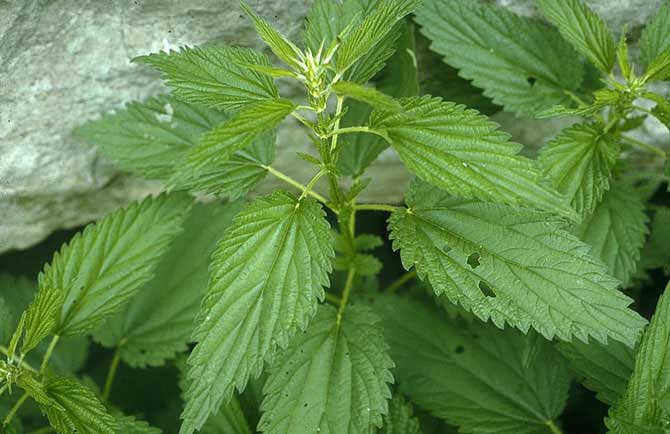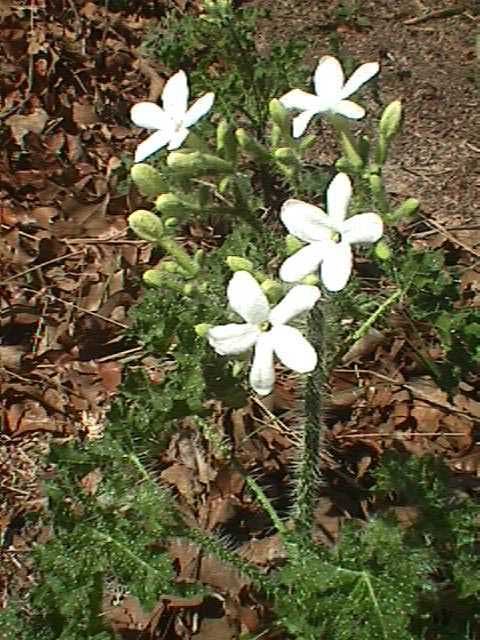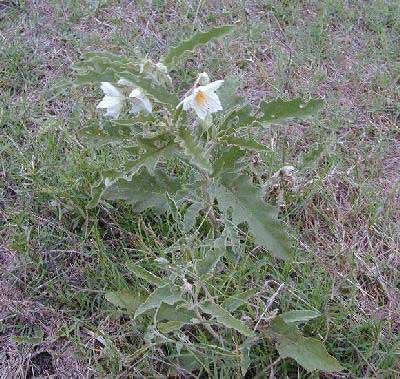RiskVA
More Plants That Sting 23 Jun 2010
Two weeks ago, I wrote a column on Texas bull nettle that brought an amazing number of emails and phone calls. In it I mentioned that bull nettle seeds were edible but that I had never tried them. It turns out that lots of people in East Texas ate them when they were children. Questions also came in about horse nettle and stinging nettle.
First of all, any time I mention that a wild plant is reputed to be edible, you should try it only at you own risk – not this Risk!
There are three kinds of “nettle” in East Texas, but botanically only one is actually in the nettle (Urticaceae) family. The sole member is stinging nettle (Urtica dioica). It grows up to three feet tall and is covered with stinging hairs. People in Europe and across the United States have actually eaten it for generations, but never raw. The leaves are picked with gloved hands and cooked as you would turnip greens or spinach. Nettle soup is also prepared from the plant, and there are numerous recipes on the web with suggestions for both the soup and the potherb.
Bull nettle (Cnidoscolus texanus), the one in my last column, is in the Euphorbiaceae family, a plant group that generally has sticky, milky sap, and many poisonous members world-wide. Poinsettias are members of this group.
Many of my readers reported harvesting seeds from bull nettle in the fall and eating them raw or roasted. Some said they carefully opened the mature barb-studded seed capsule with sticks. Others said they handled them with gloves. One reported they collected the seed capsules in a paper bag and allowed them to dry, pop open, and expel their seeds. One reader mentioned they taste a little like pine nuts and suggested they might be good in pesto. When fall comes, I’ll let you know what I think.
Horse Nettle (Solanum carolinense) is in the Nightshade family (Solanaceae) a group that includes the deadly nightshade and, believe it or not, potatoes and tomatoes. For many years it was thought that tomatoes were poisonous. In fact, the leaves and stems do contain toxic substances.
The horse nettle produces a small, smooth berry-like fruit containing tiny seeds. There are some reports of the seeds being used for medicinal purposes. But I don’t recommend them for anything except avoidance. Just because something is “natural” doesn’t mean it is harmless. That, by the way, is a fact lost on many people who use “natural” health remedies. However, I do recommend potatoes and tomatoes unless you are allergic to them. My father-in-law reacted to tomatoes in a life-threatening manner.
All three of these so-called nettles have stinging hairs on their leaves and stems and are renowned for the painful reaction produced by touching them. The pain can be alleviated by wiping the skin with commercially available sting pads, coating the affected area with baking soda paste or a poultice made of crushed curly dock or jewel weed leaves.
Nettles are one of many reasons I’ve never understood people who hike in sandals and shorts. They are just begging for interesting experiences with poison ivy and sumac, bees, wasps, stinging plants, and venomous snakes. I strongly believe hikers and walkers should wear boots that protect their feet and ankles and long pants. But if you don’t I will not have much sympathy for you when your outdoor adventure turns painful.
Dr. Risk is a professor emeritus in the College of Forestry and Agriculture at Stephen F. Austin State University in Nacogdoches, Texas. Content © Paul H. Risk, Ph.D. All rights reserved, except where otherwise noted. Click paulrisk2@gmail.com to send questions, comments, or request permission for use.



